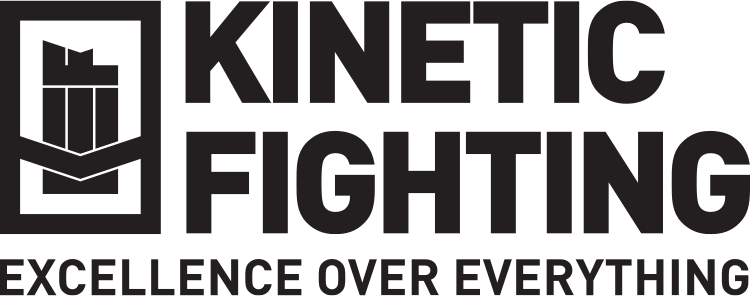The controversy surrounding the US Navy SEAL special forces unit’s recent decision to bring MMA into their close-combat program has little to do with the training’s effectiveness.
Just as the above heading may have caught your attention, mine was caught recently by an article with the title ‘Controversial MMA training causes rift in Navy SEALs program’. Having had inside exposure to the Navy SEALs program during a sharing-of-information trip to the United States just after I had created the Integrated Combat Centre (ICC) at 2 Commando, Holsworthy Barracks, I was privy to the SEALs reasons for wanting to move into MMA-style training as opposed to the reality-based course-style training they had been doing for over 20 years. Their thinking was sound; however, it was important for me to show them what we were doing back home within the Australian Special Forces Close Quarter Fighting (CQF) program and how we were developing a blend that was proving to be more effective than one over the other. I have spoken before about this blend, but I see problems arise now and again for organisations trying to maintain the optimum mix – there is a little bit of an art in getting that right.
The key to solving this problem is achieving a fluid blend of the two; fluid in that the elements of training change depending on the objectives, much in the same way a Brazilian jiu-jitsu (BJJ) competitor would need to adapt a sport jiu-jitsu guard to a vale tudo-style guard if they were to fight in the UFC. The BJJ guard has a general structure and follows general principles and concepts; however, the methodology and application of the guard must be adapted to the environment in which it will be used. This, of course, includes the relevant rule set or, in the case of real combat, the governing laws or rules of engagement (ROE).
For example, a sport jiu-jitsu player does not need to be concerned with blows when applying the guard, but in MMA, striking and body-slamming tactics are legal. The guard has its place in MMA; the fighter does not discard it but they do need to adapt it. This is a must in developing a complete fighter who can work from underneath another fighter – whether they want to be in that position or not, they have an answer to a problem that is likely to happen if grounded. In the same way, Kinetic Fighting (KEF) teaches practitioners how to apply the guard to a street or combat environment. Again, we need to adapt the guard for soldiers and law-enforcement personnel, taking into account the presence of weapons. Regardless of whether the attacker is armed, the soldier/officer will be armed with their own weapons, and if they are not consistently being accounted for in training, there is obvious potential that they will be used against their owner when on duty or operations.
Outside of the sporting environment, we must take into account that if we are going to use the guard to deal with being caught under an attacker, we need to be aware that from this position all of the threats found in MMA are present, along with all soft targets such as the groin and joints. The greater threat of weapons adds to the problem – theirs and yours. Then there’s the potential complexity of other armed members of your team being involved if you are not caught alone, as well as others working against you in support of the attacker, with some or all of the enemy potentially being armed. There is a lot to consider, as when dealing with weapons there are so many internal targets exposed from the guard position to an attacker with a knife, for example.
Regardless, all forms of fighting are about finding a method to deal with chaos. And the name of the game is mastering a few high-percentage techniques (those that work to a greater extent most of the time) with exposure to differing environments rather that a never-ending collection of techniques with limited application.
This has become a fundamental core value of the KEF program, especially now that this style of training had expanded beyond just the Commandos and has been adopted by the Australian Army as a requirement for all Infantry Corps. For this reason, more than ever, we must remain on course by keeping our desired ‘end state’ in view when developing and delivering our training.
The more I read the article about the clash between the US Navy SEALs programs, the more it becomes clearer that they were having a clash of personalities and egos rather than a real issue with the training.
The concern was over SEALs organising MMA training with gyms that they have connections with, and the money involved for that training. That’s none of my business. Training is my business, and using a mixture of training methods and protocols proven in various hands-on environments works well, so long as we adhere to one simple rule: Why we train drives how we train.




